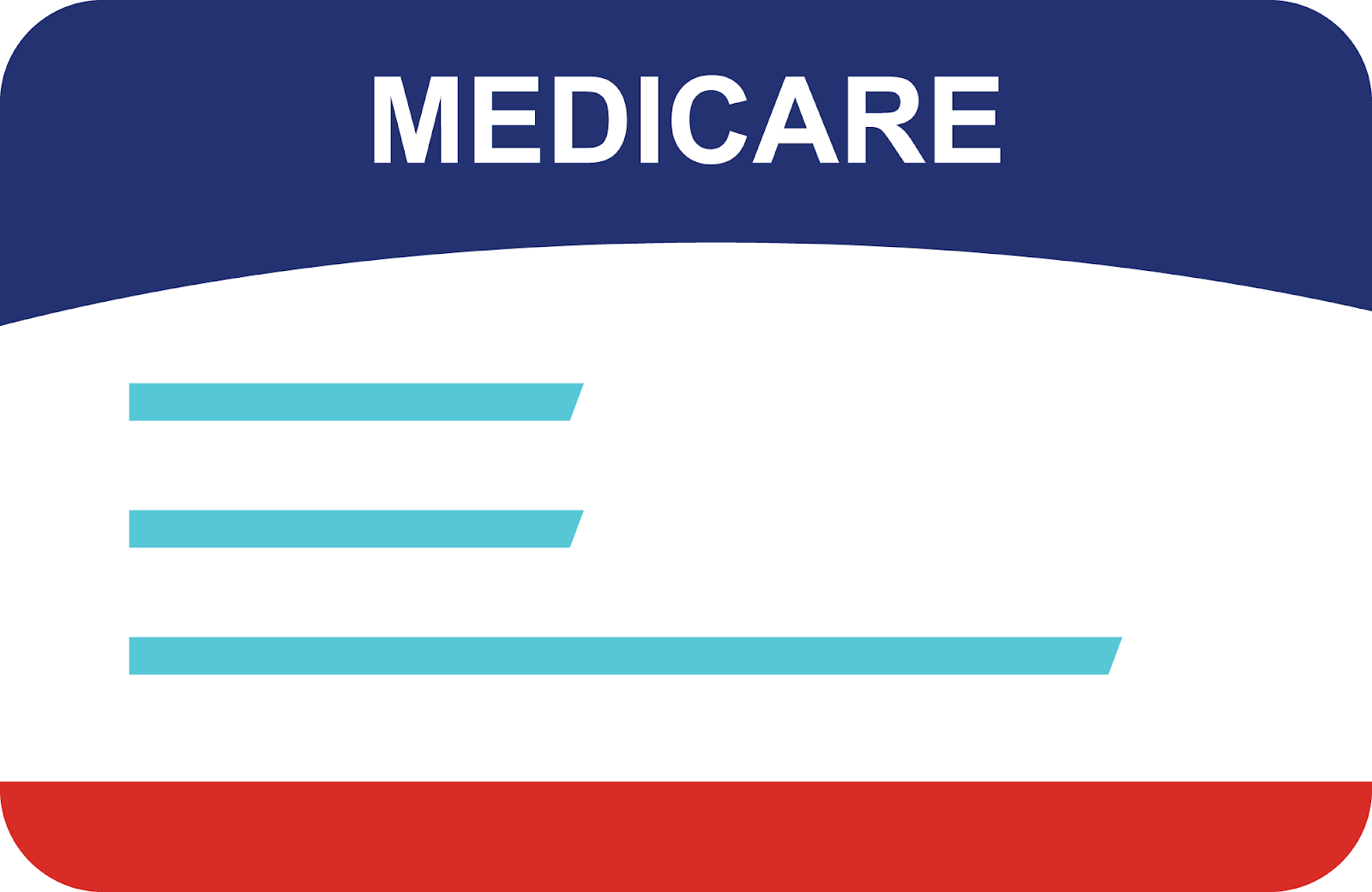Understanding the Basics
Original Medicare
What is it and how does it work?
Original Medicare is the federally funded health insurance program provided by the U.S. government for individuals aged 65 and older, as well as certain younger individuals with disabilities or specific medical conditions. Original Medicare is made up of two main parts: Part A (Hospital Insurance) and Part B (Medical Insurance).
Part A
Covers inpatient hospital stays, skilled nursing facility care (after a hospital stay), hospice care, and some home health services. Most people don’t have to pay a premium for Part A if they or their spouse paid Medicare taxes for 40 quarters while working. However, there are still out-of-pocket costs, such as deductibles, coinsurance, and copayments for covered services.
Part B
Covers outpatient services, such as doctor visits, outpatient hospital services, certain home health services, durable medical equipment, and some preventive services. Unlike Part A, Part B requires a monthly premium. The standard premium changes year to year, and if you’re a higher-income earner, you may pay more due to an Income Related Monthly Adjustment Amount (IRMAA). In addition to the premium, you have an annual deductible to meet and then a 20% coinsurance for covered services.

While Original Medicare provides essential coverage, it does not cover everything. For example, it doesn’t cover most prescription drugs, most dental and vision care, or long-term care. This is where additional coverage options come in, such as Medicare Advantage Plans (Part C), which are an alternative to Original Medicare, or Medicare Supplement Plans (Medigap), which help cover costs like deductibles and coinsurance.
One important thing to note is that with Original Medicare, you can see any doctor or specialist who accepts Medicare, without needing a referral. However, you are responsible for paying a portion of your healthcare costs, and there is no limit on out-of-pocket expenses unless you have additional coverage like a Medicare Supplement plan or Medicare Advantage plan.
Why use a broker?
Unbiased Access to Multiple Carriers
Independent brokers aren’t tied to one company — they represent multiple insurance carriers. This means they get to work on your behalf, instead of the carrier, to offer a range of plan options and help clients find the one that truly fits their medical needs and budget, not just push a single brand.
Personalized Plan Matching
Every individual’s health situation, doctor preferences, prescriptions, and financial circumstances are different. A broker can personalize recommendations to ensure clients get the coverage that fits their specific lifestyle and healthcare needs.
Expert Knowledge of Medicare’s Complexity
Medicare rules, parts (A, B, C, D), and plan options can be very confusing. Independent brokers are trained experts who can explain all the choices clearly — avoiding costly mistakes like missed enrollment windows or inadequate drug coverage.
Ongoing Support After Enrollment
Good brokers don’t just help at signup. They stay available year after year to assist with claim issues, plan changes, and Annual Enrollment Period reviews. Clients have a trusted advocate long after the initial decision.
No Extra Cost to the Client
Clients don’t pay anything extra for using a broker. Brokers are paid by the insurance companies, but their commissions are typically standardized, meaning they have no incentive to push one plan over another.
Help During Annual Changes
Medicare plans can change yearly (premiums, drug formularies, networks). An independent broker proactively reviews a client’s coverage every year during the Annual Enrollment Period (AEP) and suggests switching plans if a better option arises.
